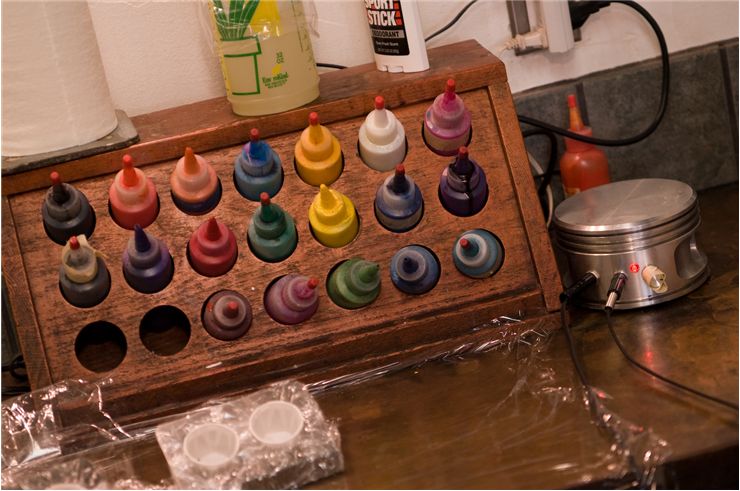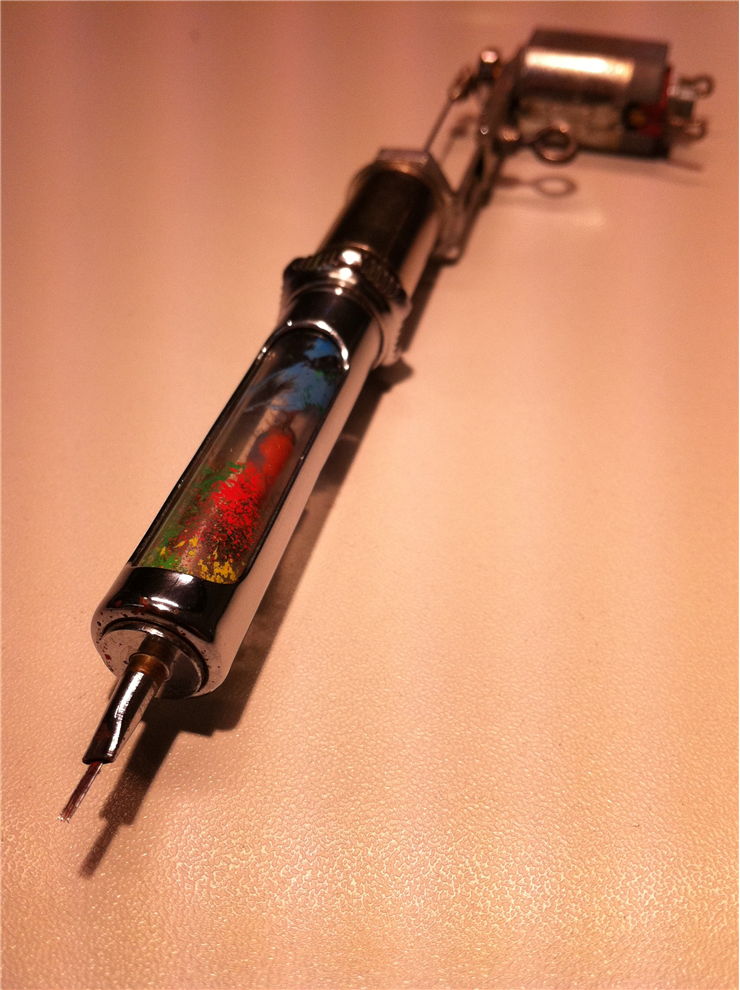Tattoo Ink - The Chemistry of Tattoo Ink
Tattoo ink is an ink used for tattooing. It commonly consists of pigment and carrier. Tattoo ink is manufactured in a wide range of colors which can be further mixed to produce any shade.
As we tattoo ourselves for thousands of years we make tattoo ink just as long. Earliest inks were made of charcoal, ash and other materials that could be found in nature. As the time passed more complex recipes for ink were invented. Roman physician Aetius had a recipe for tattoo ink that consisted of pine bark, corroded bronze mixed with vinegar, insect eggs and vitriol. Modern inks don't differ too much from these ancient ones in terms of dangerous materials that they have.
In United States tattoo inks should be subject to regulation by the U.S. Food and Drug Administration but FDA says on their website that “FDA has not approved any tattoo pigments for injection into the skin” and that “many pigments used in tattoo inks are industrial-grade colors suitable for printers' ink or automobile paint”. Some tattoo inks can have heavy metals in them like mercury lead, cadmium, nickel, zinc, chromium, cobalt, aluminum, titanium, copper, iron and barium. Others can have metal oxides like ferrocyanide and ferricyanide and other elements like antimony, arsenic, beryllium, calcium, lithium, selenium, and sulfur. Carrier used to the turn the powdered pigment into liquid is usually ethyl alcohol or water but some inks are made with denatured alcohols, methanol, rubbing alcohol, propylene glycol, and glycerine.
Glow in the dark ink and blacklight ink and their safety for humans are widely debated in the tattoo community and it is still not know how safe they are. The first one works on phosphorescence – it absorbs and retains light, and then glows in dark; while the other glows under the UV light.
Even the widespread temporary ink black henna is not safe. Health Canada has advised against it because it contains para-phenylenediamine (PPD) which can cause an allergic reaction in form of rashes, contact dermatitis, itching, blisters, open sores, and scarring.
The worst of these are homemade tattoo inks which people make of pen ink, soot, dirt, blood, or other ingredients.
Laws don't require of manufacturers to reveal their ingredients or conduct trials and because of that no one knows for sure what is in them and how it reacts with a human body. We know that there are rare case of those who have black tattoos (made with iron oxide) to have problems with MRI scanners (tattoos start heating up). Some other tattoos can trigger an allergic reaction. In Europe, 40% of organic tattoo colorants are not approved for cosmetic use and under 20% of colorants tested had in them carcinogenic aromatic amine. Some tattoo inks trigger allergic reaction only when exposed to sunlight.
Mercury and Azo-chemicals are more often to cause allergic reactions than other pigments and are used in red dyes so allergies are more often in red tattoos. That, of course, doesn't mean that black, purple, and green pigments don't cause allergic reactions.

